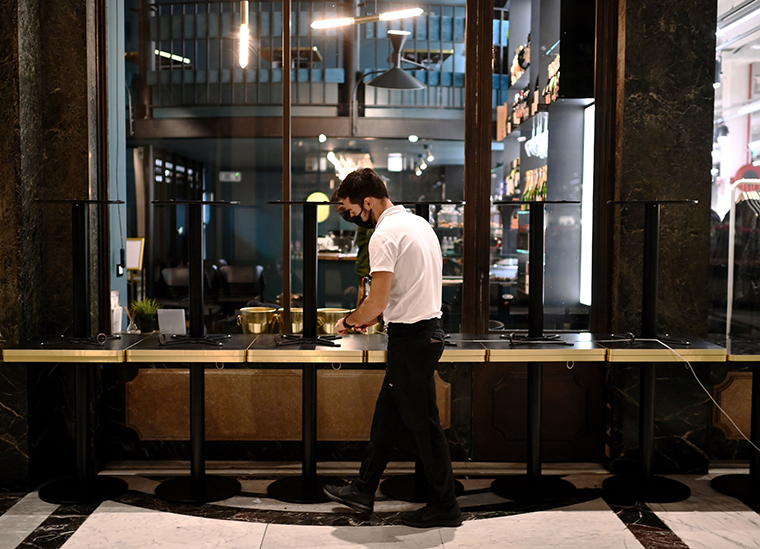Four Italian regions will become coronavirus “red zones” on Friday, Italian Prime Minister Giuseppe Conte announced on Wednesday.
The regions of Calabria, Lombardy, Piedmont and Valle d’Aosta will be placed under the country’s harshest restrictive measures in its new “traffic light” system to tackle the spread of coronavirus.
The region of Puglia and the island of Sicily will become “orange zones,” while the rest of the country becomes “yellow zones” (the lowest-risk zone).
“Yellow zones” are subject to new national measures that include a stay-at-home order from 10pm to 5am local time. In these zones, public transport can only operate at 50% capacity, museums and exhibition centers must close, and masks must be used in school by all students over the age of six. Restaurants and bars can remain open until 6pm, after which they can only provide take away or delivery services.
In “orange zones” people will also be banned from leaving their town and their region — except for work or health reasons — and bars and restaurants will only be able to do delivery and take-away service.
In the “red zones,” Conte said people are not allowed to leave their houses except for work or health reasons. All the above national and orange rules apply, in addition to all non-essential shops being closed.
The new rules will go into effect on November 6 and will last until December 3.
“It’s not a discretionary decision,” Conte said referring to the color assigned to the regions. The three different levels of risk across the country are based on the virus transmission rate, the number of available intensive care beds and the testing capacity. They will be assessed every 14 days.
“If the risk lowers, less restrictive measures will be applied,” Conte said. “As we all wish,” he added.
There could be some exceptions inside the “red zones” for specific areas that are less affected by the pandemic.
“To freeze the surge of the contagion,” Conte said, “we have no alternatives; we must face these restrictions.”
“We understand the discomfort, the frustration, the psychological suffering, but we have to resist,” he added.


















